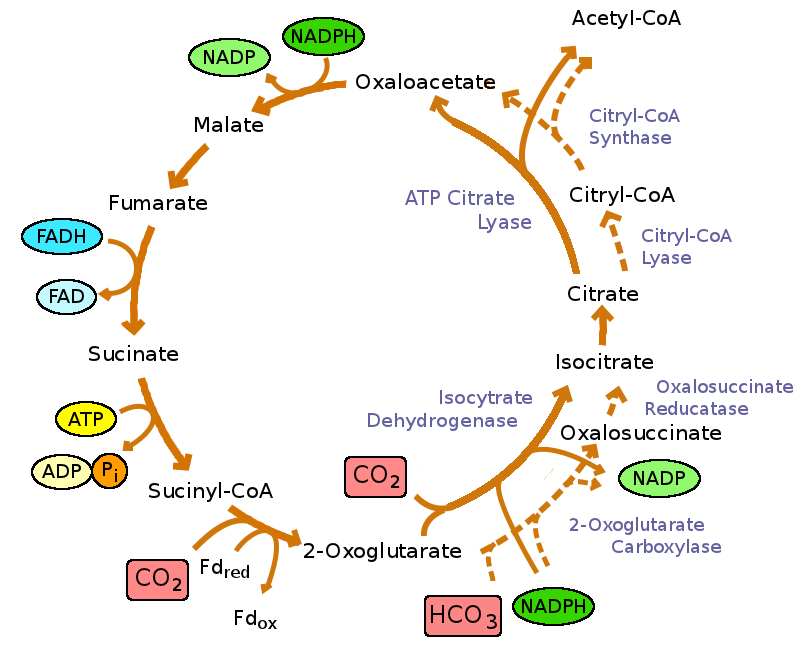
Site of Krebs’ cycle in mitochondria is
(A) Outer membrane
(B) Matrix
(C) Exosomes
(D) Inner membrane
Answer
577.8k+ views
Hint: Krebs’s cycle takes place in all the aerobic organisms to release the stored energy in the form of ATP. In eukaryotic and prokaryotic cells, it takes place in the different locations in the cell. This cycle takes place in the eight steps to release energy.
Complete Answer:
The Krebs’s cycle is also specified as the tricarboxylic acid cycle or citric acid cycle. This cycle takes place after the glycolysis or EMP pathway. As the name signifies the citric acid is used in the process and it is regenerated after the cycle is completed. In this process, the molecules from the glycolysis like carbohydrate, fats and proteins are broken down into energy. The energy released is in the form of ATP (Adenosine triphosphate).

For the conversion of the molecules into the energy certain enzymes are required. In the eukaryotic cells, these enzymes are present in the matrix of the mitochondria and hence it takes place there. In prokaryotic cells, the cells lack mitochondria and hence the Krebs’s cycle takes place in the cytoplasm of the cell. At the end of this cycle, two ATP s are produced. Hence the Krebs’s cycle takes place in the matrix of the mitochondria.
Thus the option (B) is correct.
Note: This Krebs’s cycle not only releases energy but also produces the precursors of the amino acid along with the NADH. These are used in the other reactions for the further conversion of the products. The NADH released in the Krebs’s cycle is used in the electron transport pathway.
Complete Answer:
The Krebs’s cycle is also specified as the tricarboxylic acid cycle or citric acid cycle. This cycle takes place after the glycolysis or EMP pathway. As the name signifies the citric acid is used in the process and it is regenerated after the cycle is completed. In this process, the molecules from the glycolysis like carbohydrate, fats and proteins are broken down into energy. The energy released is in the form of ATP (Adenosine triphosphate).

For the conversion of the molecules into the energy certain enzymes are required. In the eukaryotic cells, these enzymes are present in the matrix of the mitochondria and hence it takes place there. In prokaryotic cells, the cells lack mitochondria and hence the Krebs’s cycle takes place in the cytoplasm of the cell. At the end of this cycle, two ATP s are produced. Hence the Krebs’s cycle takes place in the matrix of the mitochondria.
Thus the option (B) is correct.
Note: This Krebs’s cycle not only releases energy but also produces the precursors of the amino acid along with the NADH. These are used in the other reactions for the further conversion of the products. The NADH released in the Krebs’s cycle is used in the electron transport pathway.
Recently Updated Pages
Master Class 11 Business Studies: Engaging Questions & Answers for Success

Master Class 11 English: Engaging Questions & Answers for Success

Master Class 11 Computer Science: Engaging Questions & Answers for Success

Master Class 11 Social Science: Engaging Questions & Answers for Success

Master Class 11 Maths: Engaging Questions & Answers for Success

Master Class 11 Biology: Engaging Questions & Answers for Success

Trending doubts
Differentiate between an exothermic and an endothermic class 11 chemistry CBSE

One Metric ton is equal to kg A 10000 B 1000 C 100 class 11 physics CBSE

Explain zero factorial class 11 maths CBSE

State the laws of reflection of light

What is 1s 2s 2p 3s 3p class 11 chemistry CBSE

Difference Between Prokaryotic Cells and Eukaryotic Cells




